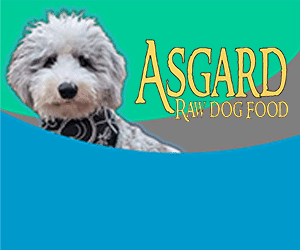A horse on the vertical and working over its back differentiates dressage from other forms of riding. The horse’s nose is on the vertical when the horse flexes at the poll or atlas joint, and its nose is tucked in. And if the horse is tracking up, or taking a full stride under the seat of the rider, the horse is ‘coming through’ into the contact and “connecting back to front.” The horse connects over its back from the hind legs to the bit!
Asking a horse to be on the vertical or on the bit requires a lot of skill. Riders often try to pull the horse’s head in, which can block the hind legs from coming through the horse’s whole body. Certainly, pulling a horse’s head in is not correct. To ride correctly on the bit or the vertical, the horse needs to track up and step under to lift its back. But at the same time, the rider needs to flex or ask the horse to give at the poll. It is not easy asking the horse to move forward and flex at the poll, it does require riding skill.
Not only does asking for a forward rhythm and flexing at the poll require skill, but at the same time, the rider needs to allow the horse to stretch into the contact. As I often say, “who invented this stuff?” So, how does one get the horse to take a full stride to use its back, flex at the poll, and then allow the horse to stretch into the contact? Well, that’s where the art of riding comes in. First, I teach riders how to “chew the reins out of the hands” at a halt to develop the feel of the horse giving and flexing at the poll. Then they learn how to do it at the trot or in motion on circles and straightlines. Once they can keep the horse on the vertical at the trot, they then learn how to flex a horse at the poll and put it on the bit at the canter.
Teaching riders to feel for flexion or giving to the bit at the halt and trot teaches them what to feel for to repeat the feeling continuously. The classical masters called the trot the foundation gait of training. Most of the training is done at the trot. It is certainly easier to feel for flexion or putting the horse on the bit at the trot because it is an up and down gait instead of the walk and canter’s continuous forward and back motion.
Keeping a horse on the vertical or the bit at the walk and canter is more complicated than the trot because the horse gets longer and shorter each stride. Every stride at the walk and canter, the horse’s back and neck move forward and back, or what is called longitudinal motion. So now the rider has to not only keep the horse rhythmically moving at the walk or canter, they need to ask for flexion at the poll plus allow the elbows to follow the forward and back longitudinal motion of the horse’s back and neck! So the rider is asking the horse to move forward with the leg, feeling the rhythm with the seat, asking for flexion at the poll with the hands, controlling direction by steering the shoulders, and now moving the elbows forward and back in timing with the horse’s rhythm. Phew, is there anything else?
Since dressage riders ride on contact, the elastic elbows have to follow; otherwise, the horse’s gaits may become constrained. I often say, how can I follow, ask, give, allow and listen to the horse simultaneously? It is so convoluted; it is like telling an artist how much red to add to white paint to make it pink.
There are many thoughts about how to put a horse on the bit or vertical. Most people are taught that the horse has to go forward. Ahhh, yes, the horse has to go forward ( to lift the back), but you could go forward for the next three years, and if you don’t know how to ask the horse to flex at the poll and soften the jaw, you will likely be hardpressed to get the horse on the bit. Getting the horse on the bit is not just forward, it is not just flexion at the poll, and it is not just seat. Getting the horse to accept contact to be on the bit is the combination of all the rider’s aids working in unison or, as on the bit is also called, “on the aids.” Yes, all three-rider aids: legs, seat, and hands!
Once we have the horse on the bit and coming through to accept contact with flexion at the poll, then there are discrepancies about whether the horse is above the bit, on the vertical, behind the bit, deep, and or in front of the leg or behind the leg… Yes, it is a complicated world we live in! Unfortunately, training horses is no different.



